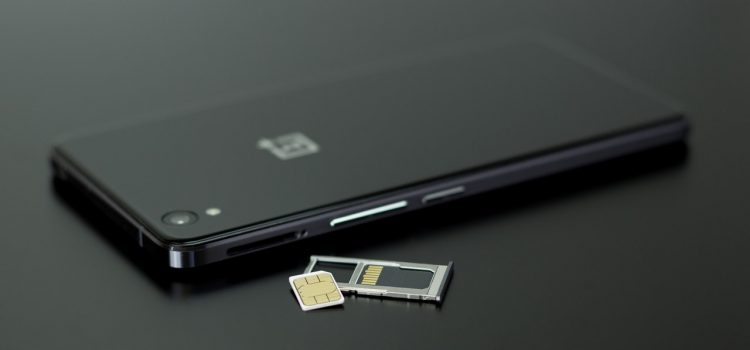Android file management: An easy-to-follow guide
You might not realize it at a glance, but Android actually allows you to access a device’s entire file system — even from the device itself.
if you have Android 9 or higher on your phone, things get even easier: In those recent Android versions, the file manager exists in its own sensibly named Files app. Just open it up to browse any area of your local storage or a connected Drive account; you can either use the file type icons at the top of the screen or, if you want to look folder by folder, tap the three-dot menu icon in the upper-right corner and select “Show internal storage” — then tap the three-line menu icon in the upper-left corner and look for your phone’s name.
One little-known feature of Android is its ability to connect with external storage devices like USB memory sticks and even larger-capacity portable hard drives. A phone just has to support something known as USB On-The-Go, or USB OTG, in order for the connection to work.
Transferring files between your phone and computer
In addition to supporting external hard drives, your Android phone can act as an external hard drive. Just plug your device into any Windows, Mac, or Chrome OS computer, and you can access its entire file system and drag and drop files between it and your desktop with ease.
With a Windows or Chrome OS system, it’s essentially as simple as plug and play. With a Mac, you’ll first need to install a special program on your computer before the connection can be established.
Transferring files wirelessly between devices
Want to transfer files between your Android phone and a computer (or another Android phone, iPhone, etc.) without the need for wires? No problem.
Your most basic option is to embrace a middleman — specifically, a cloud storage service like Google Drive, Dropbox, or Microsoft OneDrive. Just upload the files to a folder within the respective app on your Android phone, then find the folder within the same app on the receiving device (or vice versa).
You can get more advanced than that, though — and make your life significantly easier as a result. If you’re transferring between two Android devices in the same physical area, Google’s own Files app (which, confusingly, is not the same as the aforementioned Files app that comes preinstalled on many devices) will get the job done with minimal fuss and hassle. Just install the app on both devices, tap the Share tab at its bottom, and then tap the Send or Receive button to set up the transfer. The app will automatically encrypt any data it sends.
If you’re using devices on different platforms — and/or devices that aren’t in the same physical location — a handy tool worth considering is a multiplatform app called Join (which also has the ability to encrypt its transfers, though you’ll need to look inside the app’s settings to activate that option). Install the app on your Android device and then install that same app, the Chrome version, or the Windows 10 version on any other device with which you want to share files. You can also access the service via a regular website on any desktop computer — if, for instance, you use a Mac along with a browser other than Chrome.
Once you’ve signed into the apps on both ends, you’re ready to initiate hassle-free file transfers in either direction. On Android, just share a file from any app — a file manager, an image gallery, or any other sort of file-using utility — and select Join as the destination. The file will appear on your desktop within seconds.
On a computer, meanwhile, sending a file is as simple as opening the Join app or extension, selecting your phone as the receiving device, and then dragging the file into the window.
Syncing your Android phone’s storage with a computer
Maybe you like having certain files stored locally on your Android phone, but you also want those files to be backed up and saved on your computer. The best of both worlds, right?
Believe it or not, this is actually quite easy to pull off. Just grab an Android app called AutoSync, which is available for use with Google Drive, Microsoft OneDrive, Dropbox, and Box. It’ll let you create pairings between a local folder on your phone and a cloud-based folder — for free with a single folder pair and files smaller than 10MB or for a one-time $5 payment without any real restrictions.
Install the appropriate computer-side app for whichever service you prefer, make sure it’s set to sync with your computer’s hard drive — and there ya have it: Your Android device’s folder is now effectively part of your PC.
You can even have the folders stay constantly synced in both directions — so if you add or update a file on the computer, the same changes will appear on your phone as well.

